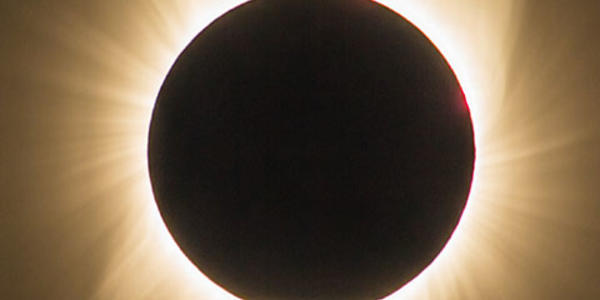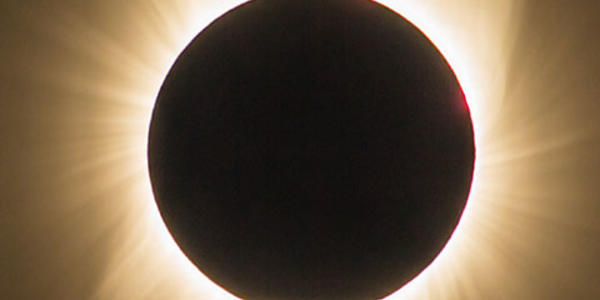Satellite is planned to be de-orbited in November 2021

After 15 years of service, the Meteorological Operational Satellite A (Metop-A) polar-orbiting spacecraft will be retired—or de-orbited—in November 2021. The Metop-A satellite, launched on October 19, 2006, has greatly exceeded its five-year design lifetime by a decade.
Standard Metop-A Space Environment Monitor 2 (SEM-2) products from NCEI will end on Monday, November 15, 2021, corresponding to the Metop-A end-of-mission plans. During the subsequent technology End of Life (EOL) tests, we anticipate the SEM-2 instrument to be in nominal observing mode. We are looking forward to the unprecedented collection of SEM-2 space radiation environment data over a large altitude range during the period the spacecraft is deorbited, over approximately two weeks, to a standard EOL altitude. NCEI will analyze and work to make those data public in the spring of 2022, pending their scientific viability.
The Space Environment Monitor (SEM) and its SEM-2 successor have flown on many of NOAA’s polar-orbiting weather satellites since TIROS-N (launched in 1978). One of the longest-duration space radiation data sets available, the SEM data have been used for numerous scientific studies and are used operationally for monitoring the hazardous charged particle environment that can cause damaging electrostatic discharges and single-event effects in spacecraft electronics. NCEI serves the complete set of SEM and SEM-2 data to the public. After Metop A retires, SEM-2 measurements will continue on NOAA-15, -18, and -19 and on Metop B and C, but there is no planned replacement of SEM-2 by NOAA after these satellites are retired.
Metop-A’s Legacy in Weather
Metop-A is Europe’s first polar-orbiting satellite dedicated to meteorology. Operating at a much lower altitude than geostationary satellites, Metop-A complements meteorological satellites of NOAA and other organizations.
Metop-A is a part of a satellite suite that circles the globe via the poles and continuously collects data from an altitude of 817 kilometers (507 miles). The satellites carry eight main instruments, and the data they collect are essential for climate monitoring and weather forecasting up to ten days ahead.
The Metop satellites and the ground segment collectively form the European Organisation for the Exploitation of Meteorological Satellites (EUMETSAT) Polar System (EPS), which is Europe’s contribution to the Initial Joint Polar System shared with NOAA.
Support of SARSAT
Metop has contributed to an integral part of worldwide search and rescue program operated by NOAA, the Search And Rescue Satellite Aided Tracking (SARSAT) System to detect and locate mariners, aviators, and recreational enthusiasts in distress almost anywhere in the world at any time and in almost any condition.
The SARSAT system uses NOAA satellites, such as Metop-A, in low-earth and geostationary orbits as well as GPS satellites in medium-Earth orbit to detect and locate those in distress. The satellites relay distress signals from emergency beacons to a network of ground stations and ultimately to the U.S. Mission Control Center (USMCC) in Suitland, Maryland. The USMCC processes the distress signal and alerts the appropriate search and rescue authorities to who is in distress and, more importantly, where they are located.
A New Generation of Spacecraft
The decision to retire Metop-A came after thermal constraints imposed by satellite drift could not guarantee spacecraft safety through winter 2021-2022.
Before the satellite is decommissioned, technology tests will aim to identify new ways to improve Metop operations and products, gaining important knowledge on the behavior of the instruments and possibly providing unique environmental datasets.
The Metop Second Generation (Metop-SG) follow-on system will provide continuity of terrestrial weather observations to the future Joint Polar System (JPS), which is a follow-on from the Initial Joint Polar System (IJPS). Metop-SG will provide continuity and enhancement of observations starting between 2024 to 2044



